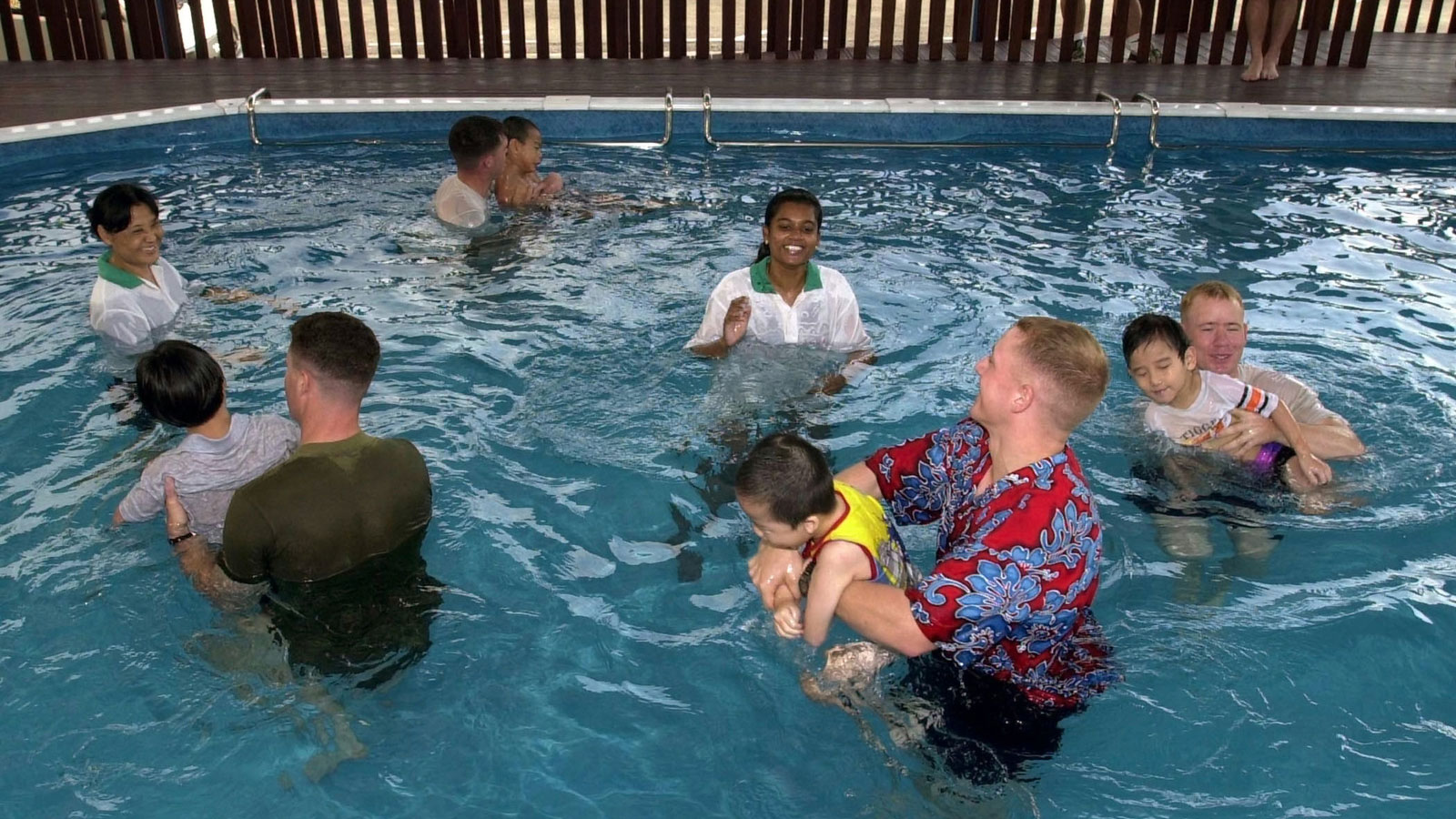In addition to the hydrotherapy offered by traditional thermal baths, spas have proliferated in recent years. Although a large part of their users visit them in search of moments of relaxation and/or recreation, in many countries (mainly in Central Europe) they are part of the public health system and their medical professionals usually prescribe treatments to certain patients. This fact is only further proof of the health benefits of hydrotherapy.

The ancients already recognised the benefits of hydrotherapy, although at that time they gave more importance to the properties of the chemical compounds present in the thermal water. Therefore, it was said that chlorinated, sulphated, sulphurous and ferruginous water had different beneficial effects on respiratory, skin and blood disorders, such as anaemia, and others.
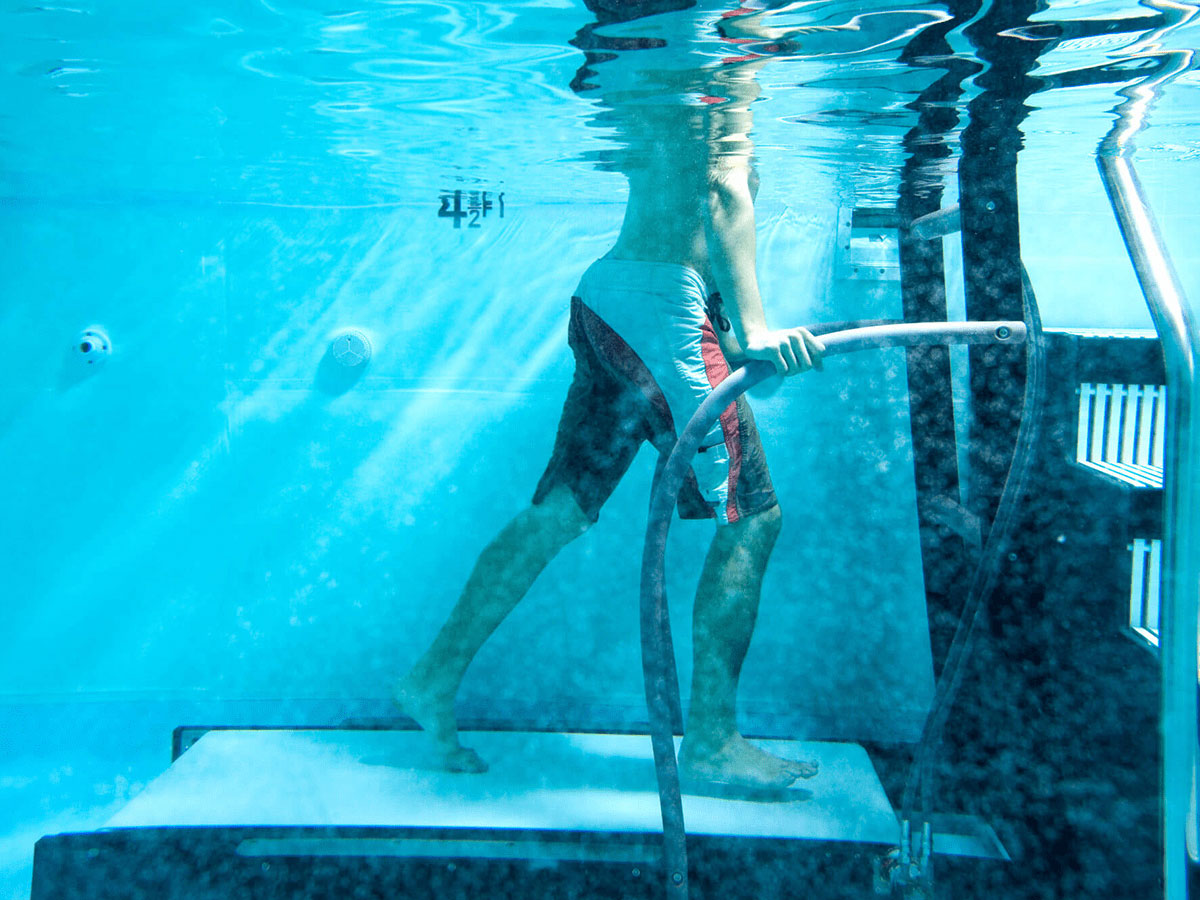
Nowadays, however, it is not only the chemical composition of water that is valued. It is also considered as an ideal medium for activities that are as beneficial for the body as immersion in mineral waters. Without going any further, in physiotherapy it is considered an important resource for pre- or post-operative preparation, rehabilitation after certain injuries and sports recovery, arthritis, rheumatism, sciatica, etc.
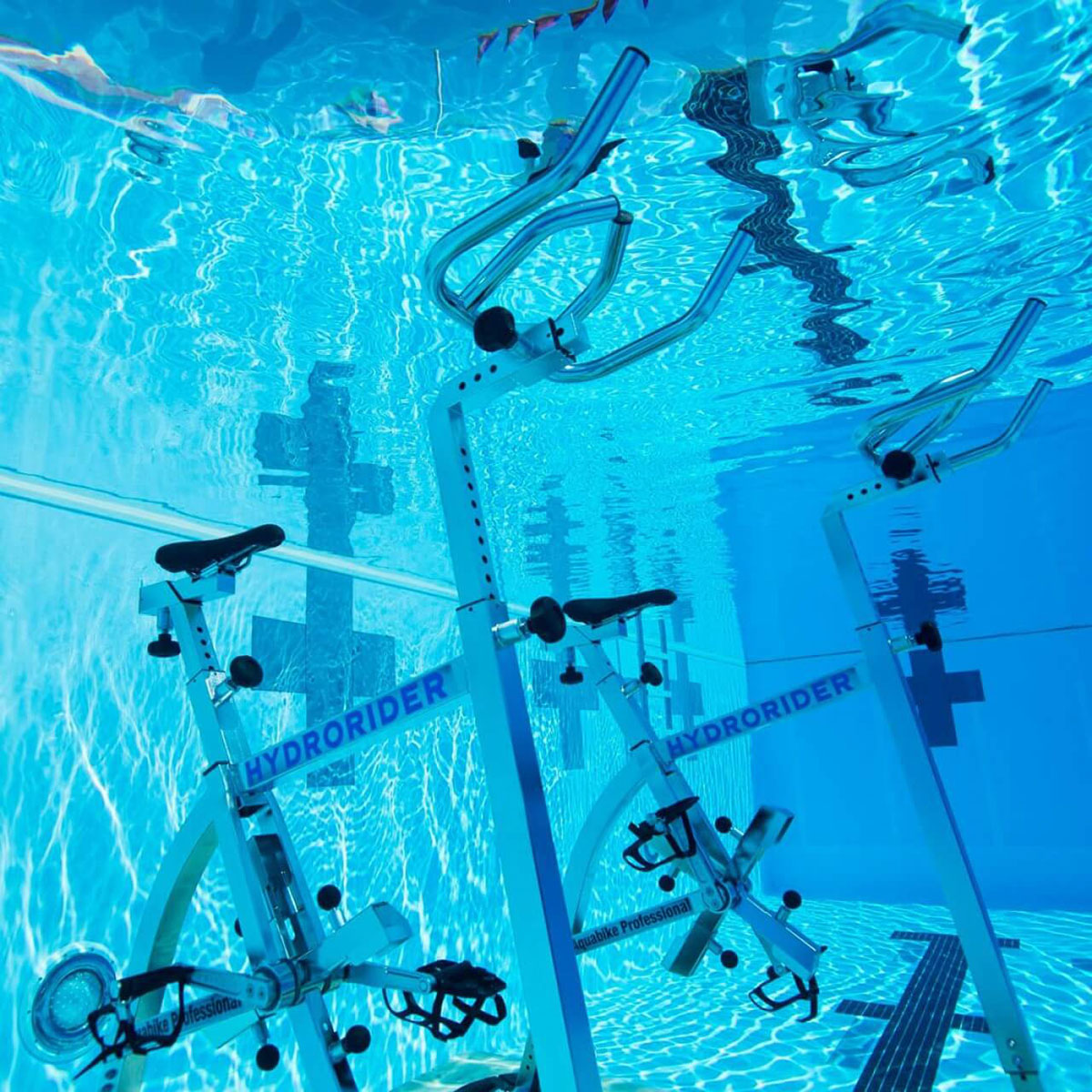
Indeed, according to Archimedes’ principle, a person’s body weight decreases by up to 90% in water. Consequently, rehabilitation exercises carried out in water have much less impact on the joints. At the same time, the frictional resistance exerted by the water helps to build up muscles and therefore improves the body’s strength and endurance. As if that were not enough, the hydrostatic pressure inherent in immersion reduces swelling of the limbs and promotes balance and stability.
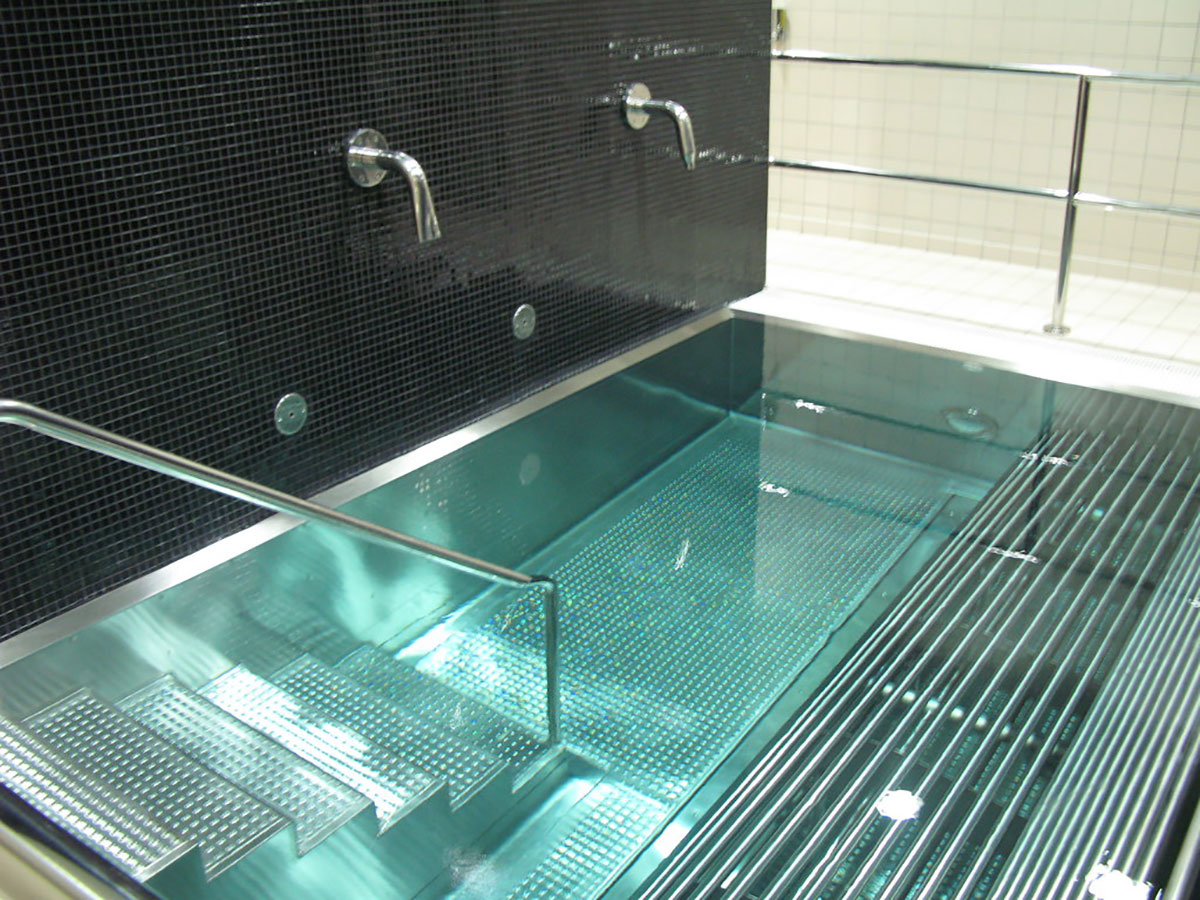
In addition, the exercises consist of performing movements with the help of weights, balls, floats, etc. Other accessories such as parallel bars, bicycles or the underwater treadmill are also often used, in this case for the rehabilitation of sports injuries without overloading the spine.
Finally, the temperature of the water also has therapeutic effects. Warm water, thanks to its sedative effects, for example, is used as a means of relaxation. In other cases, it also has an analgesic effect and reduces minor aches and pains. On the other hand, colder or lukewarm water stimulates circulation and has an anti-inflammatory effect.
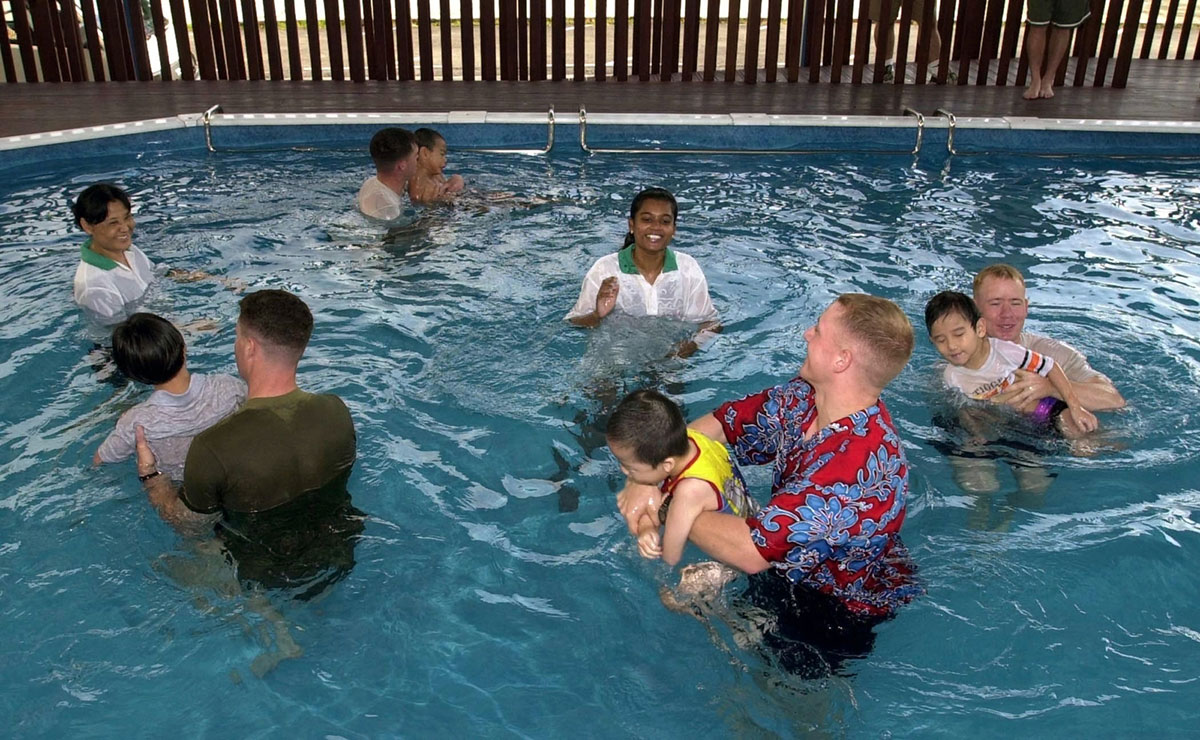
By Miquel Solís, Senior Architect in the Architecture Department of Amusement Logic
RELATED STORIES
Newsletter

